Conchs are medium to large shelled snails with shells pointed on both ends. Some species, particularly the queen conch, are consumed as seafood and used as bait. There are a wide number of species and families that are referred to as “conch.” Many are valued for their colorful shells, which can also be used as instruments! Read on to learn about the conch.
Description of the Conch
This variety of marine snails comes in a wide number of shapes and sizes. All species possess a conical, spiral shell. The vast majority of conchs have a high, curled spire, which is the twisted point at the end of the shell.
They also have a prominent siphon canal that points away from the spire at the opposite end of the shell. Some species have beautifully colored shells, like queen conchs, which can have bright pink inner surfaces.
Interesting Facts About the Conch
While these snails come in a variety of shapes and sizes, there are a few standout species. These creatures are the most notable amongst their relatives, and have economic and cultural value.
- Culinary Cuisine – One species in particular, the queen conch, has become a popular commodity in the seafood industry. They were severely overfished in the southeast United States, resulting in a ban on fishing them.
- Fertility – Conchs produce hundreds of thousands of eggs when they reproduce. Unfortunately only a small fraction of these will actually develop into an adult snail, but with so many eggs they should be able to reproduce quickly enough to sustain their population… right?
- Futility – Unfortunately it takes at least five years for this species to reach sexual maturity. That means that, while they can produce lots of eggs, many will never get the opportunity to breed when they are being overfished.
- Aggregation – If their slow speed wasn’t bad enough, when this species comes together to breed, it does so in large numbers. When fishermen find an aggregation, they can remove many breeding-age conchs with little effort. This is highly detrimental to the overall population.
Habitat of the Conch
There are a huge variety of species that live in any number of marine habitats. Some are found in shallow, sandy areas, some in seagrass beds, and some in tropical coral reefs. Many are found in warm, tropical waters, but species can also be found in colder temperate waters and more.
Distribution of the Conch
These snails can be found in oceans worldwide. Some species are restricted to small ranges, or certain temperature zones, while others are more cosmopolitan and can be found virtually worldwide. There is such a wide variety of species that you can find these creatures virtually worldwide.
Diet of the Conch
Some species are largely herbivorous, while others are carnivorous in nature. Herbivores feed mostly on algae and underwater plants, carnivores feed on other animals. The carnivorous species will eat worms and other small invertebrates, fish, and carrion. Each species has different dietary needs, some are highly specialized and others are generalists that with eat just about anything.
Conch and Human Interaction
The primary use of these mollusks is for consumption. There are a number of commercial fisheries to capture different species for seafood. Some of the most common uses are in chowders, gumbos, fritters, burgers, and salads. They are also valued for their decorative shells. Many species have had significant impacts on different cultures as a food source.
Domestication
These snails have not been domesticated in any way.
Does the Conch Make a Good Pet
Some species can be kept in aquariums, but they are not intended to be a hands-on pet. As with any aquarium, and any pet for that matter, there is a decent amount of upkeep and maintenance.
Conch Care
Herbivorous species will usually tend to themselves as long as the water quality, temperature, and salinity are correct. Many herbivorous species will also clean algae from the tank as well. Supplemental feedings may be necessary if there is not enough algae for them to eat. Research your species to ensure you provide the proper care and maintenance for them.
Behavior of the Conch
For the most part, there is not much to conch behavior. Depending on the species, they are mostly solitary. Some are active during the day, while others are more active at night. These creatures spend most of their time searching for food. When breeding season rolls around, some species will congregate in large numbers to reproduce.
Reproduction of the Conch
Each species has different reproductive strategies. While some breed via copulation, others utilize spawning by releasing eggs and sperm as a group. Most will lay large numbers of eggs, which can either be laid in the ground, or released into the water column to drift until they hatch. The incubation times for eggs varies greatly based on species. In some species it can take as long as five years before sexual maturity is reached.
Beliefs, Superstitions, and Phobias About the Conch
The shells of different species have been used in art, religious ceremonies, and as instruments in a number of different cultures and regions. In some cultures conch shells are used as ceremonial trumpets during parts of religious ceremonies, like the puja ceremony in Hinduism. In artwork they are commonly included in spiritual images and symbolisms.

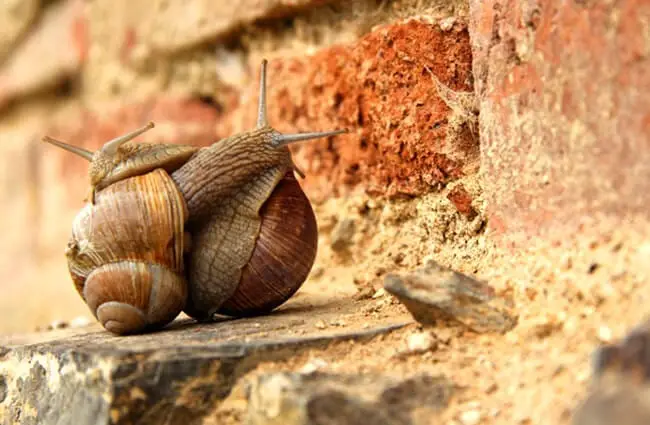
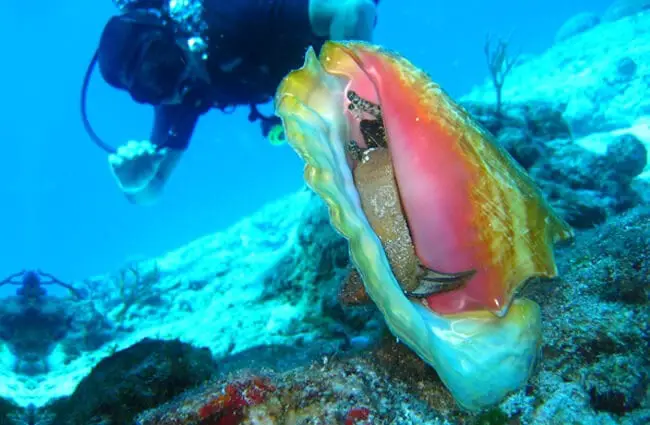
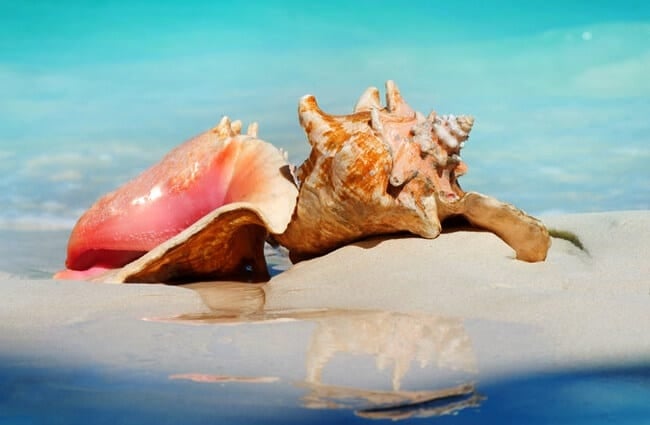
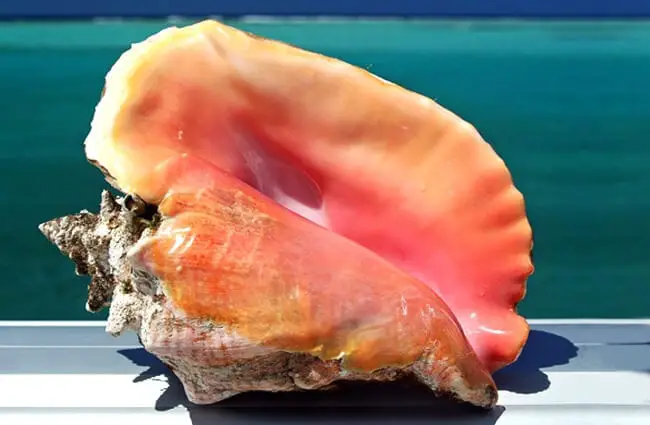

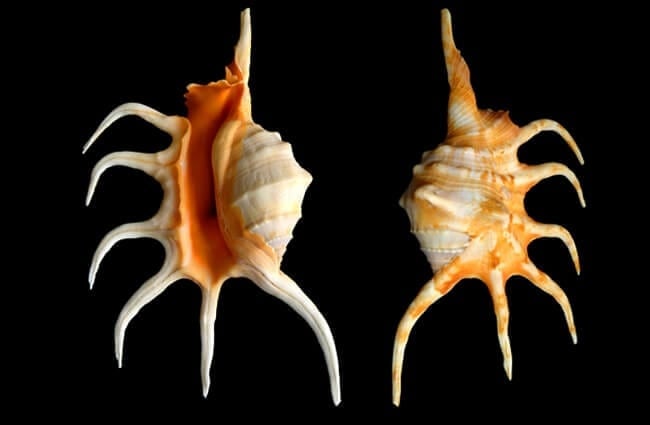


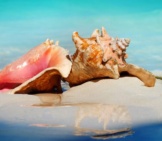

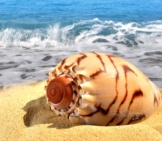


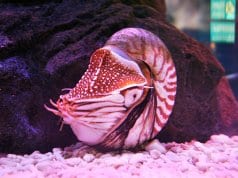
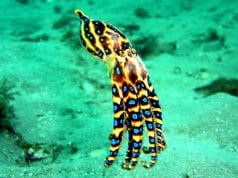










![Red Angus Closeup of a beautiful Red Angus cowPhoto by: U.S. Department of Agriculture [pubic domain]https://creativecommons.org/licenses/by/2.0/](https://animals.net/wp-content/uploads/2020/03/Red-Angus-4-100x75.jpg)

